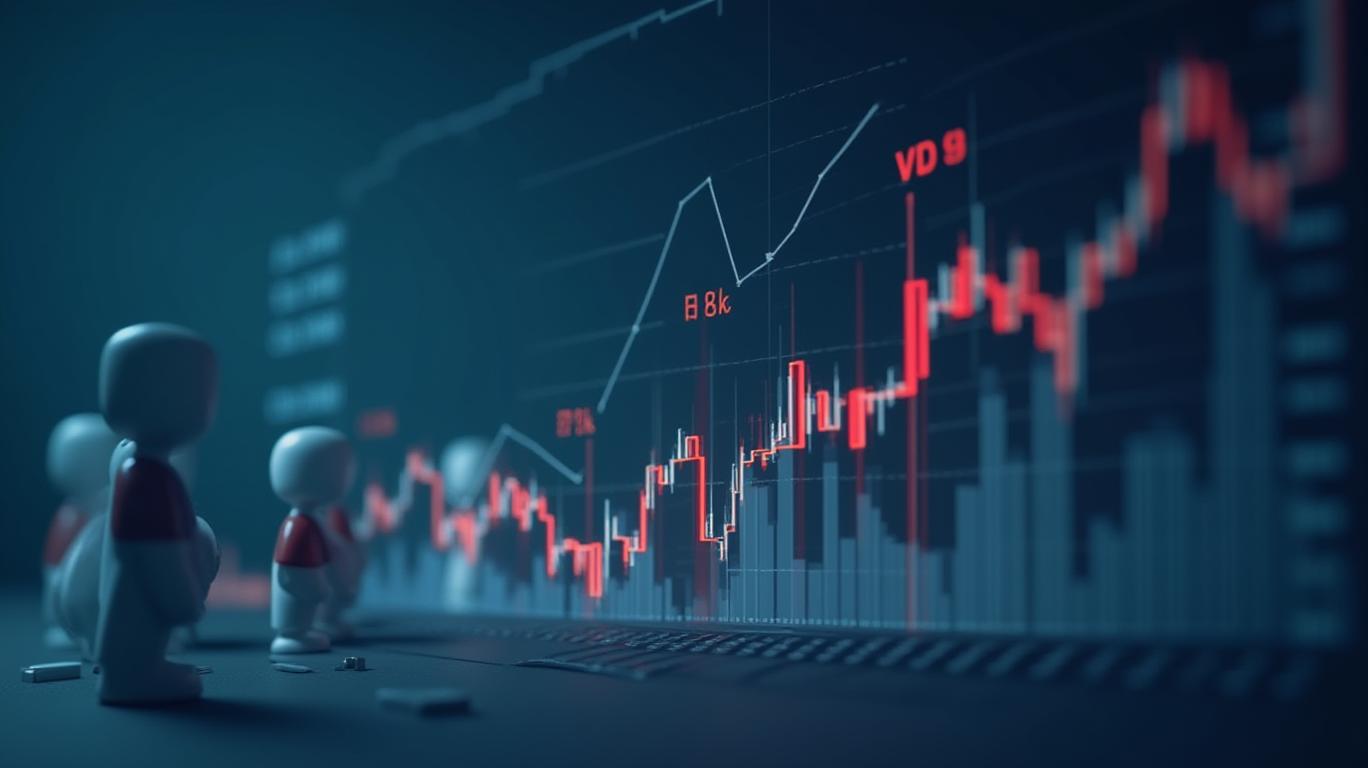The Volatility Surge: Navigating Uncertainty and Protecting Portfolios with VIX Strategies
The CBOE Volatility Index (^VIX) hit a shocking 52.33 on April 8, 2025—the highest close since the 2020 pandemic—a stark reflection of investor panic. By April 9, the VIX plummeted to 33.62 after a temporary tariff pause, underscoring markets' fragility. This whiplash highlights a critical truth: uncertainty is now the defining force of financial markets, and portfolios must adapt.

The Anatomy of the VIX Surge
The April 2025 spike wasn't random. Two macro forces collided: geopolitical turmoil and Fed policy ambiguity, creating a perfect storm of anxiety.
- Geopolitical Risks Escalate
The U.S. announced sweeping tariffs on April 2, triggering a 10.5% S&P 500 sell-off. While a 90-day pause on April 9 alleviated immediate fears, the damage was done. Markets now fear escalation, not just the tariffs themselves. Trade wars, supply chain disruptions, and inflationary pressures are now baked into expectations.
The VIX's rollercoaster ride mirrors the market's oscillation between hope and despair.
- The Fed's Uncertain Playbook
The March 2025 FOMC minutes, released April 9, confirmed the Fed's “wait-and-see” stance. While the 4.5% federal funds rate was held steady, the minutes revealed upward revisions to inflation forecasts (to 2.8%) and downward GDP revisions (to 1.7%). This signals a Fed paralyzed by conflicting data—a situation that breeds volatility.
Why Sentiment Shifts Matter
Investors are no longer complacent. The VIX's April 2025 spike marked a departure from February's lows (e.g., 14.77 on Feb 14), when markets ignored risks. Today, every geopolitical headline or Fed whisper sends shockwaves. This sentiment shift demands proactive hedging.
Hedging Strategies for the New Volatility Regime
To protect equity exposure, investors must deploy tools that capitalize on volatility—and insulate against its worst effects. Here are three actionable steps:
VIX Call Options: The Direct Play
Buying VIX call options (e.g., VIX futures contracts) locks in the right to profit if volatility rises further. For example, purchasing April VIX calls at $50 would pay off if the index breaches $55—a scenario plausible if trade tensions escalate.Inverse-VIX ETFs with Caution
Products like XIV (the inverse VIX ETF) can provide downside protection by rising when volatility falls. However, these instruments are risky in extreme volatility. Pair them with stop-loss orders or use them sparingly as a “rebalance” tool.Structured Products Linked to Volatility Metrics
Banks now offer notes tied to the VIX, paying higher coupons if volatility exceeds a threshold. For instance, a note might yield 8% annually if the VIX stays above 25—a realistic target given current conditions.
Why Act Now?
The April 8 spike wasn't an outlier—it's the new normal. Geopolitical risks (e.g., Middle East instability, cyberattacks) and Fed uncertainty will keep volatility elevated. Waiting until the next crisis hits means missing the window to lock in hedging benefits.
When the VIX spikes, equities often follow—protection is a must.
Conclusion: Volatility is Here to Stay—Embrace It
The VIX's surge isn't just a number; it's a warning. Markets are pricing in a world of constant uncertainty, and portfolios must adapt. By deploying VIX-linked hedges, investors can turn volatility from a threat into an opportunity—one that shields gains and even generates returns in turbulent times.
The message is clear: act now, or risk being left exposed. The tools exist—use them before the next spike hits.
Josh Nathan-Kazis is a financial analyst specializing in macro trends and volatility strategies. This article is for informational purposes only and not financial advice.

Comments
No comments yet